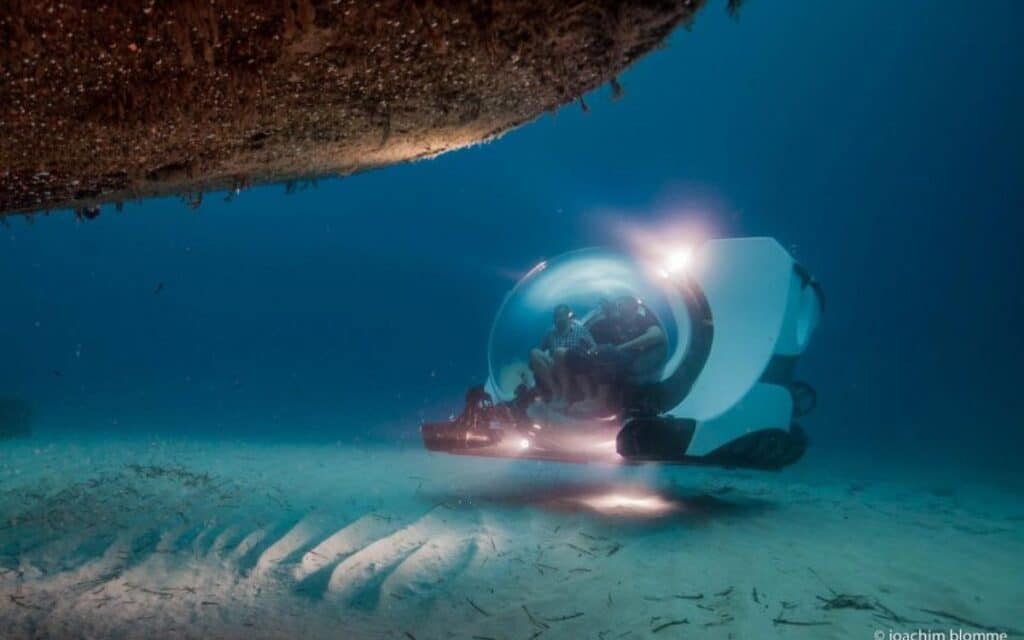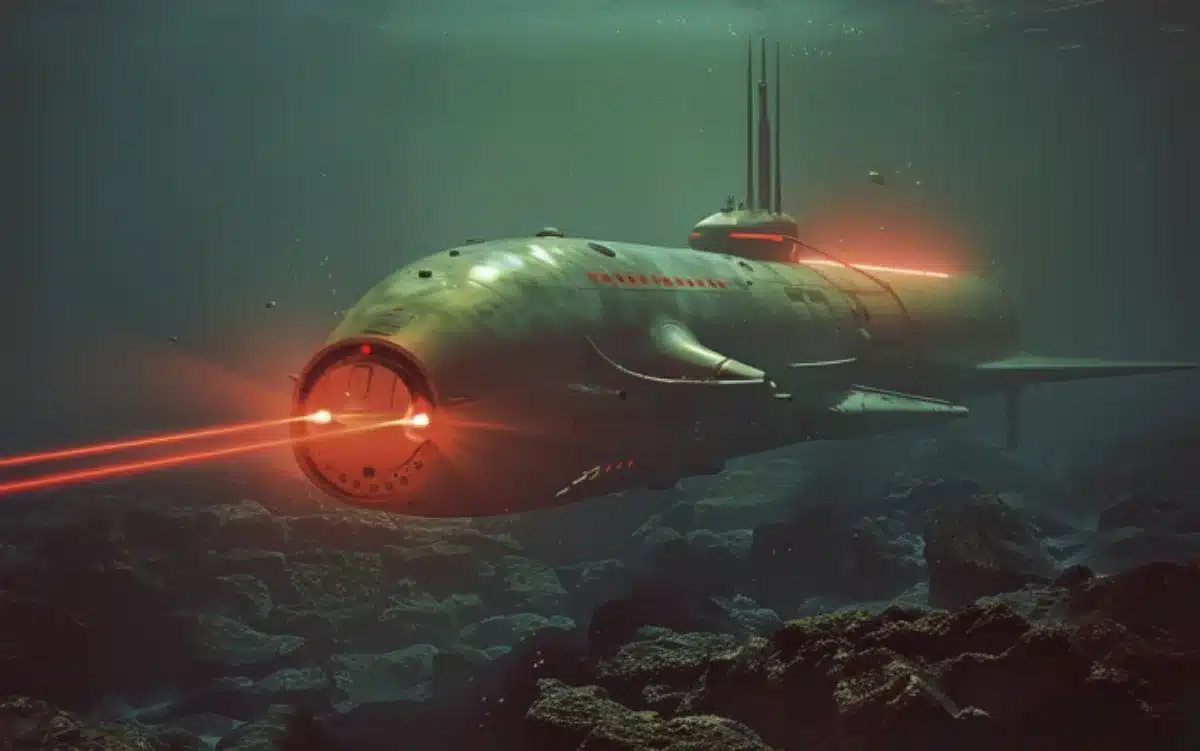China developing high-speed submarines propelled by lasers
- Harbin University in China is developing laser-powered submarines
- Lasers could produce the same amount of thrust as a jet engine, but using less energy
- These submariners would mostly be used for military purposes
Published on Apr 24, 2024 at 4:42 PM (UTC+4)
by Alessandro Renesis
Last updated on Apr 24, 2024 at 4:42 PM (UTC+4)
Edited by
Tom Wood
China is working on a new type of technology to propel high-speed submarines.
The goal is to develop a type of laser that can power high-speed submarines more efficiently than using jet engines.
It is an ambitious plan but potentially a game changer.
READ MORE: The sQuba is a James Bond supercar that drives underwater
According to a report by the South China Morning Post, engineers at the Harbin Engineering University in Heilongjiang have ‘cracked the code’ to make this new technology viable.
This isn’t a new idea.
In fact, Japan already gave it go some 20 years ago, but the problem is scientists have never been able to properly harness the power these lasers could generate.
We should point out that the same university developed China’s first experimental submarine, so they know what they’re doing, and what they’re talking about.

The idea – in their view – is complex and simple at the same time.
Lasers generate plasma underwater, which then creates a ‘detonation wave’ to propel the submarine.
Harbin researchers have developed thin optical fibers that emit laser power, up to 70,000 newtons of thrust, very nearly the same as a jet engine, but the amount of energy that’s required is infinitely reduced.
In theory, this technology would allow submarines to travel faster than the speed of sound.

The thing is, we tend to talk about submarines a lot less than we talk about any other type of watercraft.
That’s possibly because it is a type of vehicle that is rarely used for personal reasons.
For the most part, submarines are used for commercial reasons, or for military purposes.
As a matter of fact, that’s exactly the sort of use case behind this new technology for high-speed submarines.
“This method can also be applied to underwater weapons, [such as] projectiles, underwater missiles, or torpedoes,” project leader Ge Yang wrote in the paper, as quoted by the SCMP.
Some of the images used for this story were generated using AI
DISCOVER SBX CARS: The global premium car auction platform powered by Supercar Blondie


